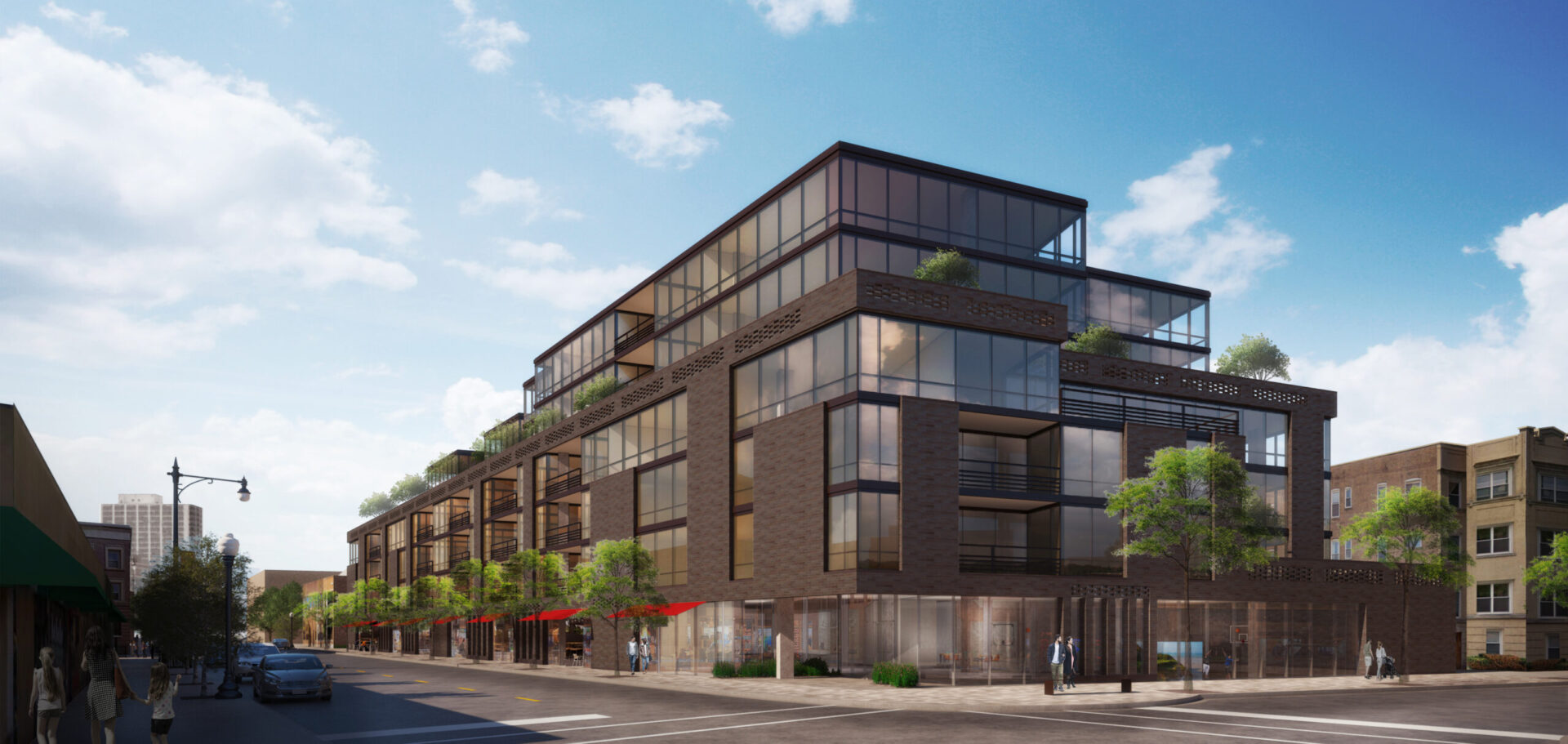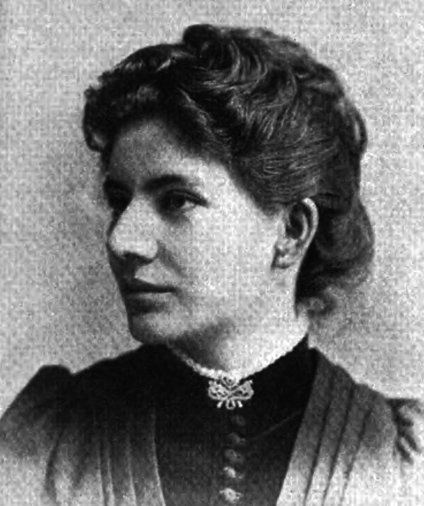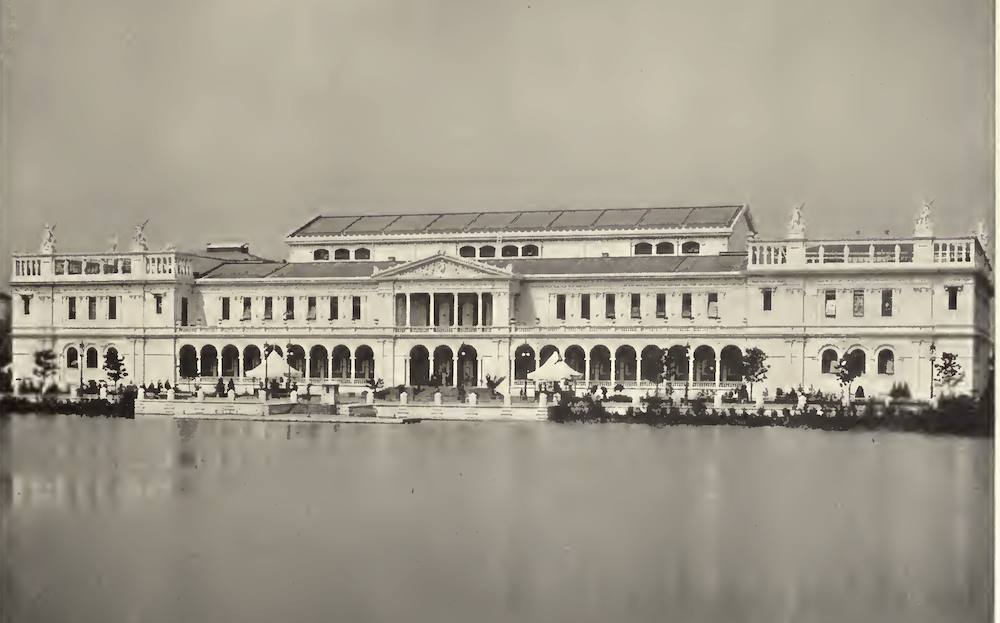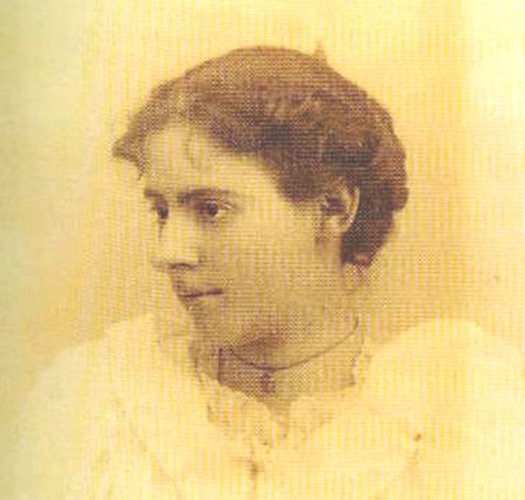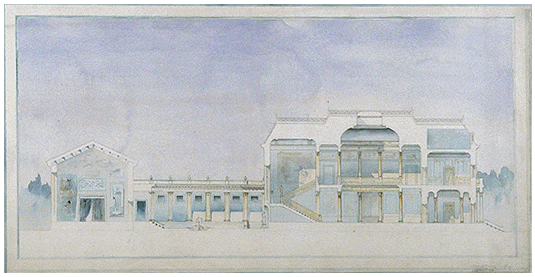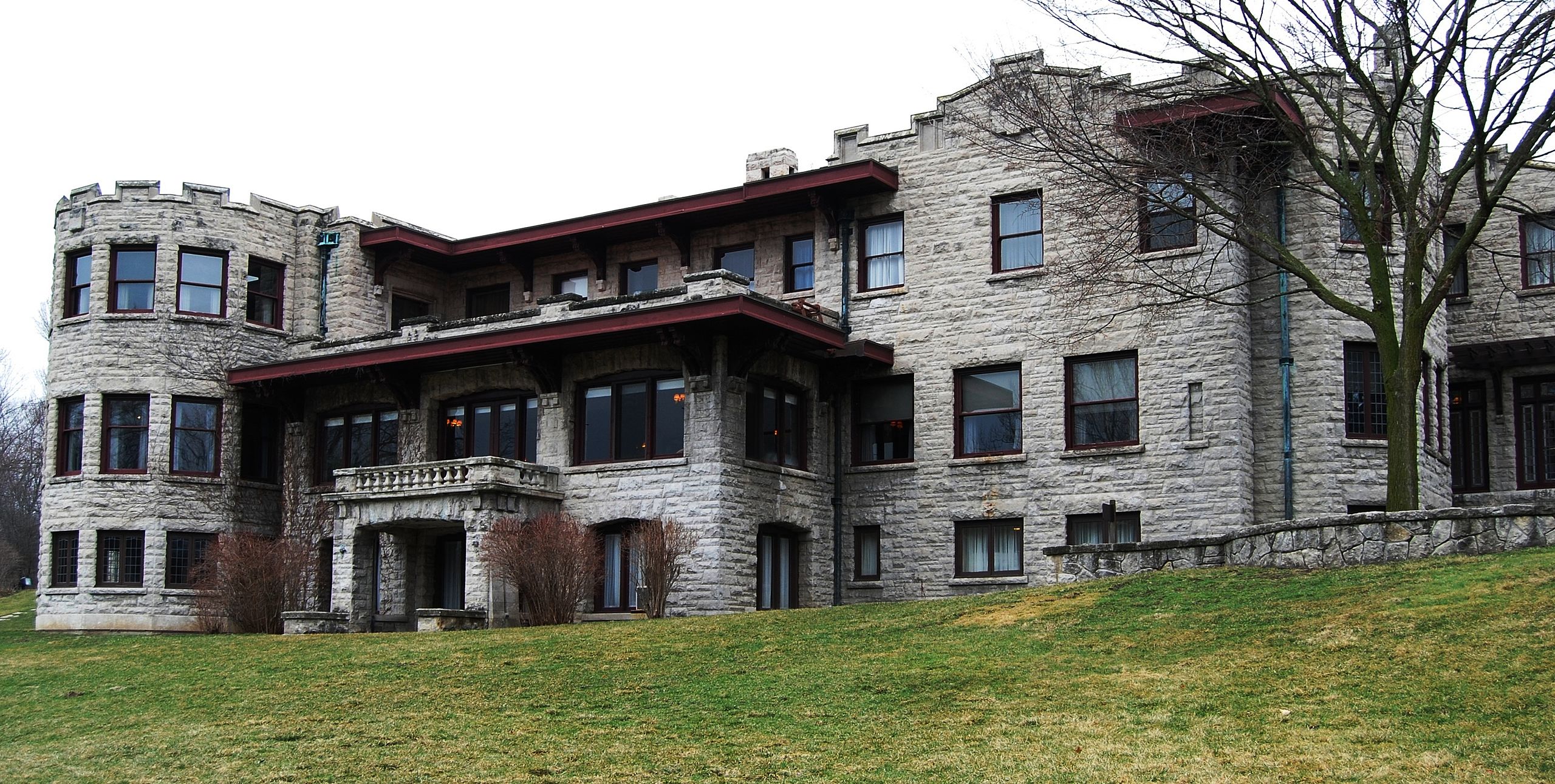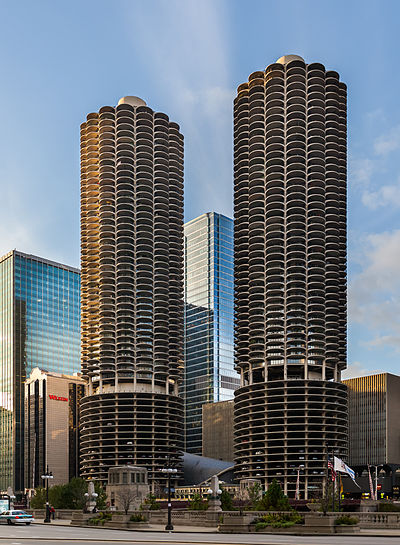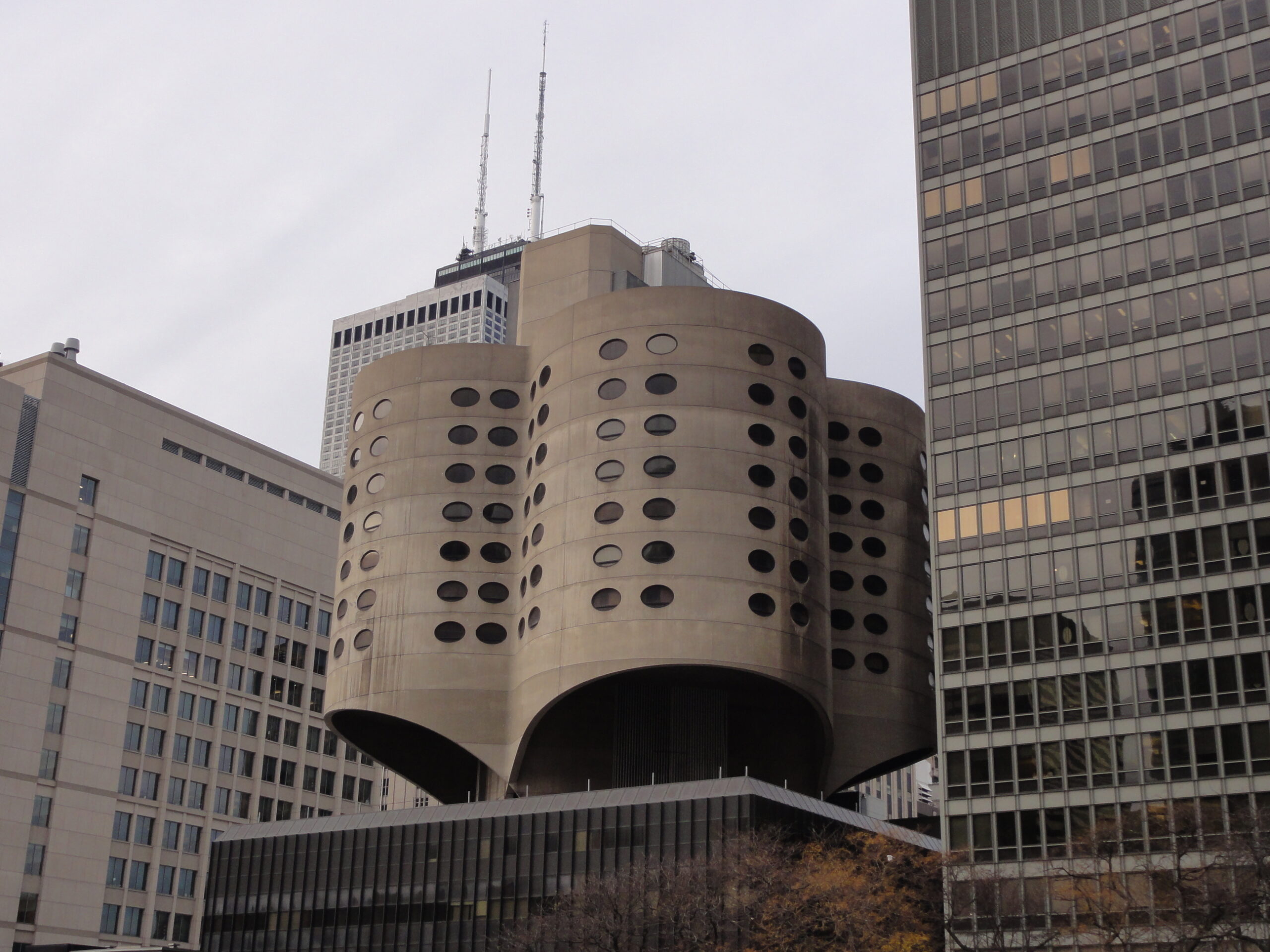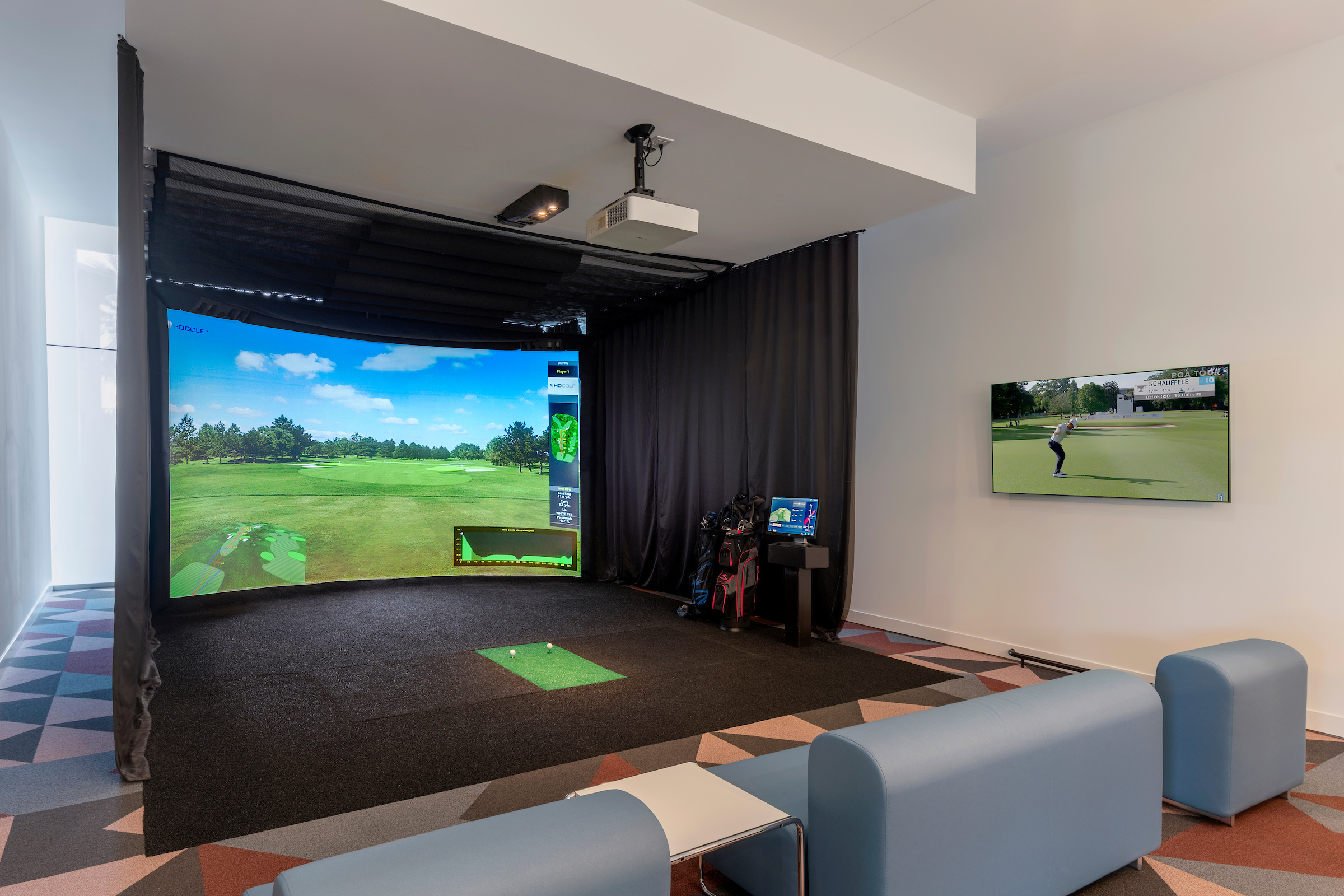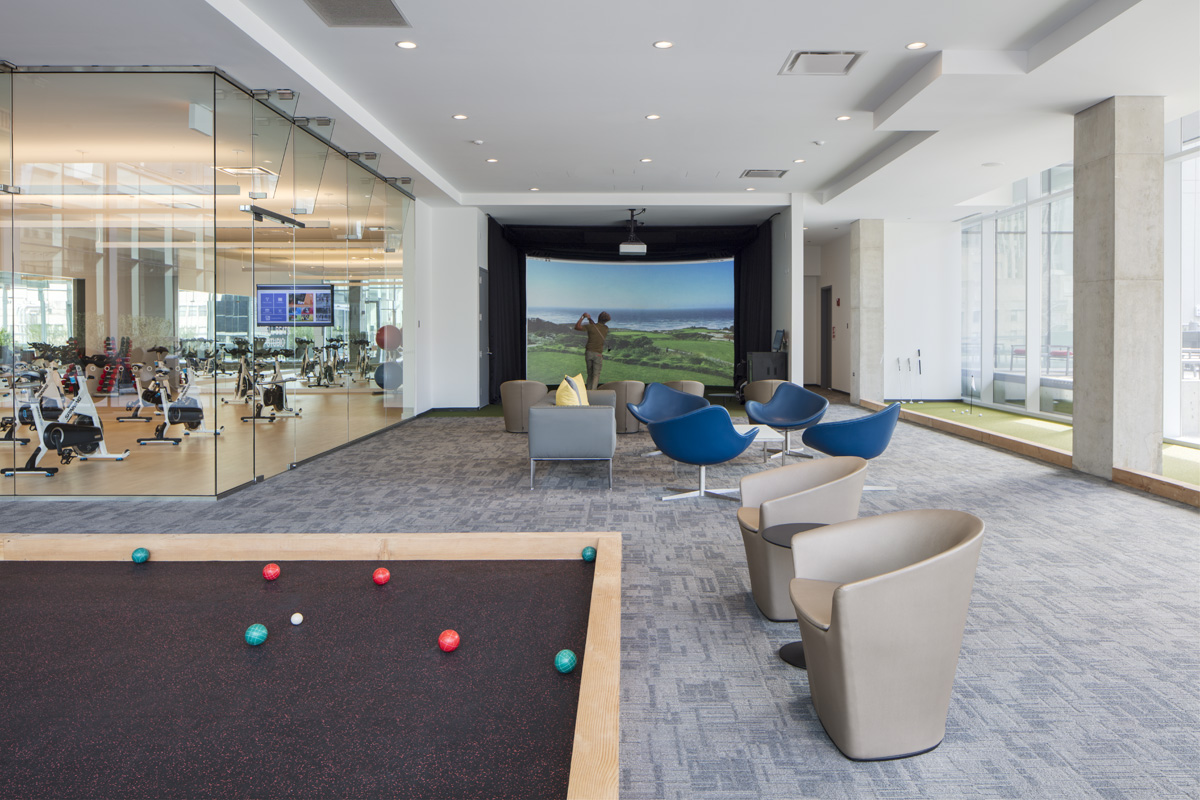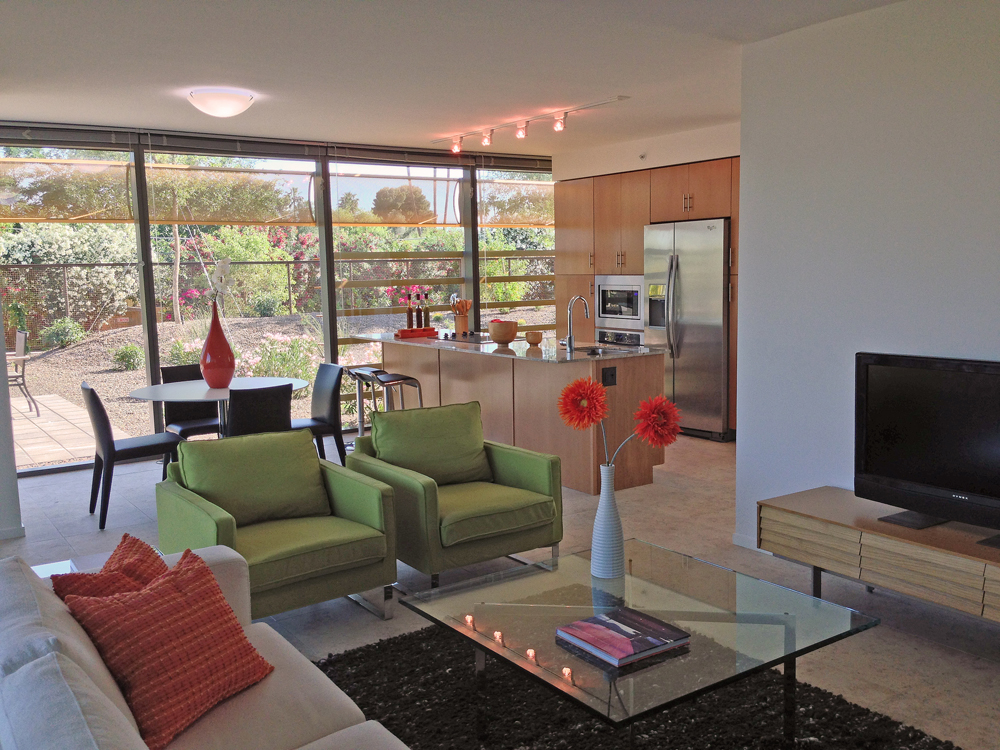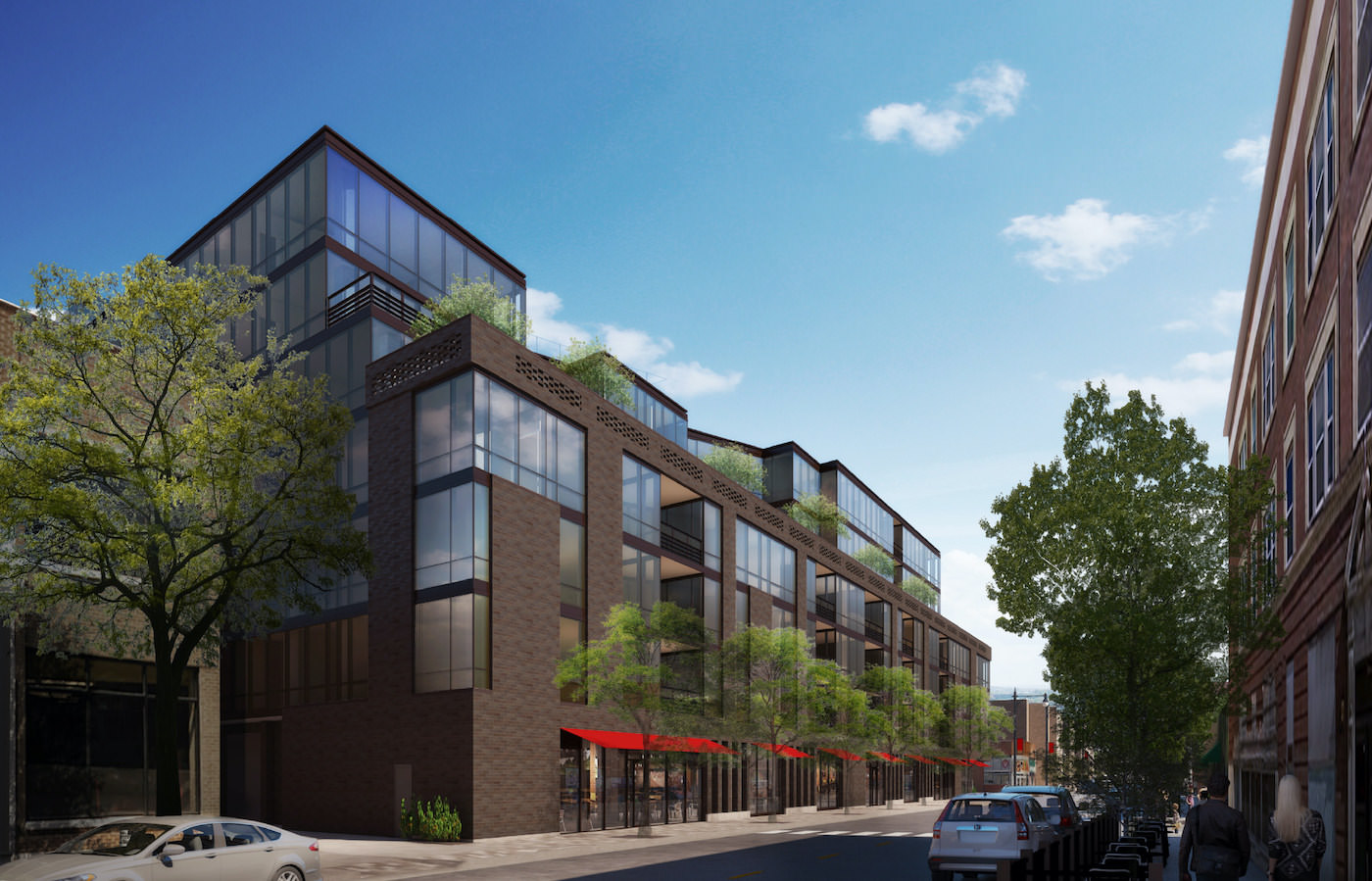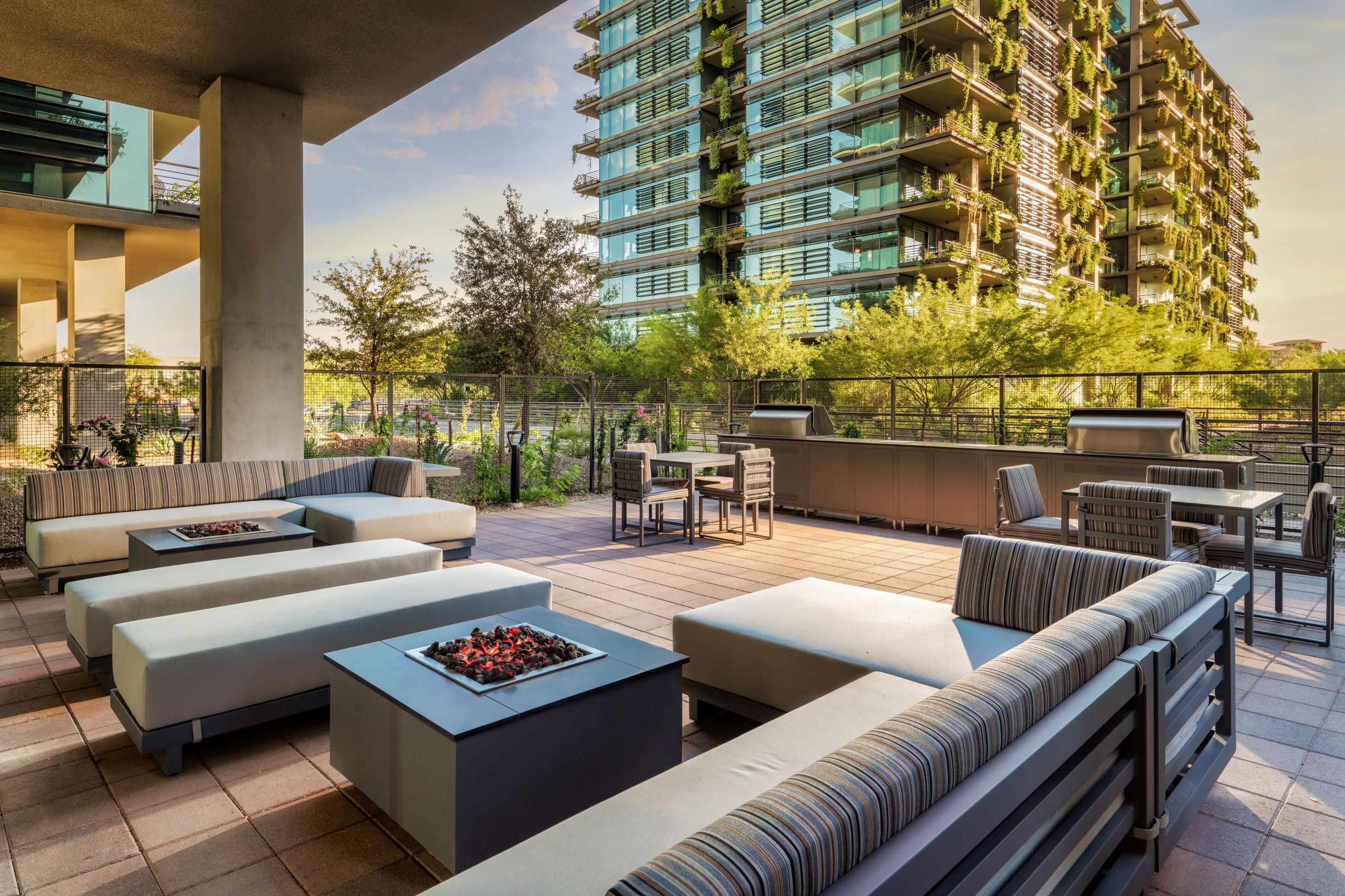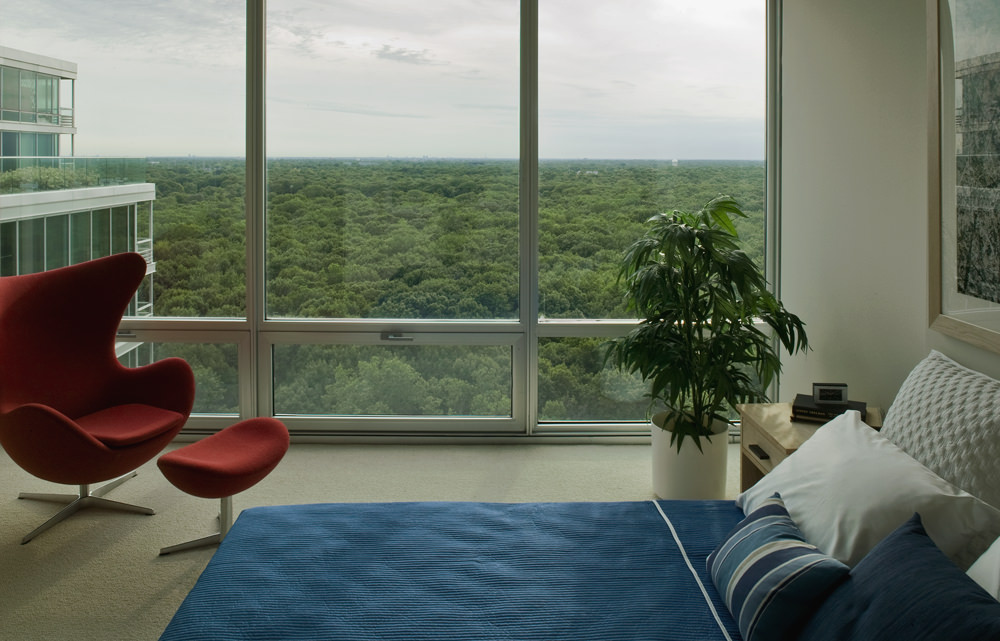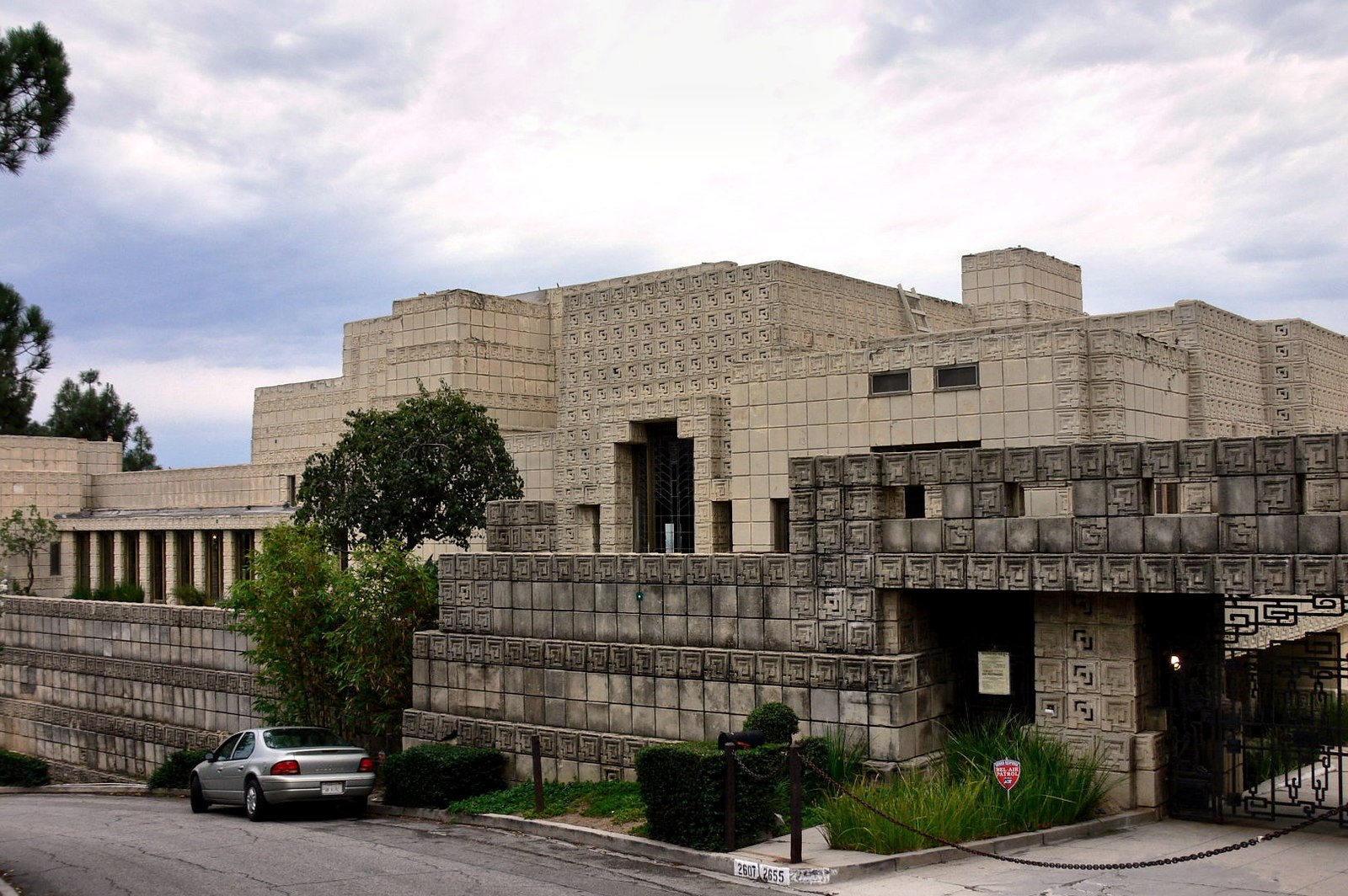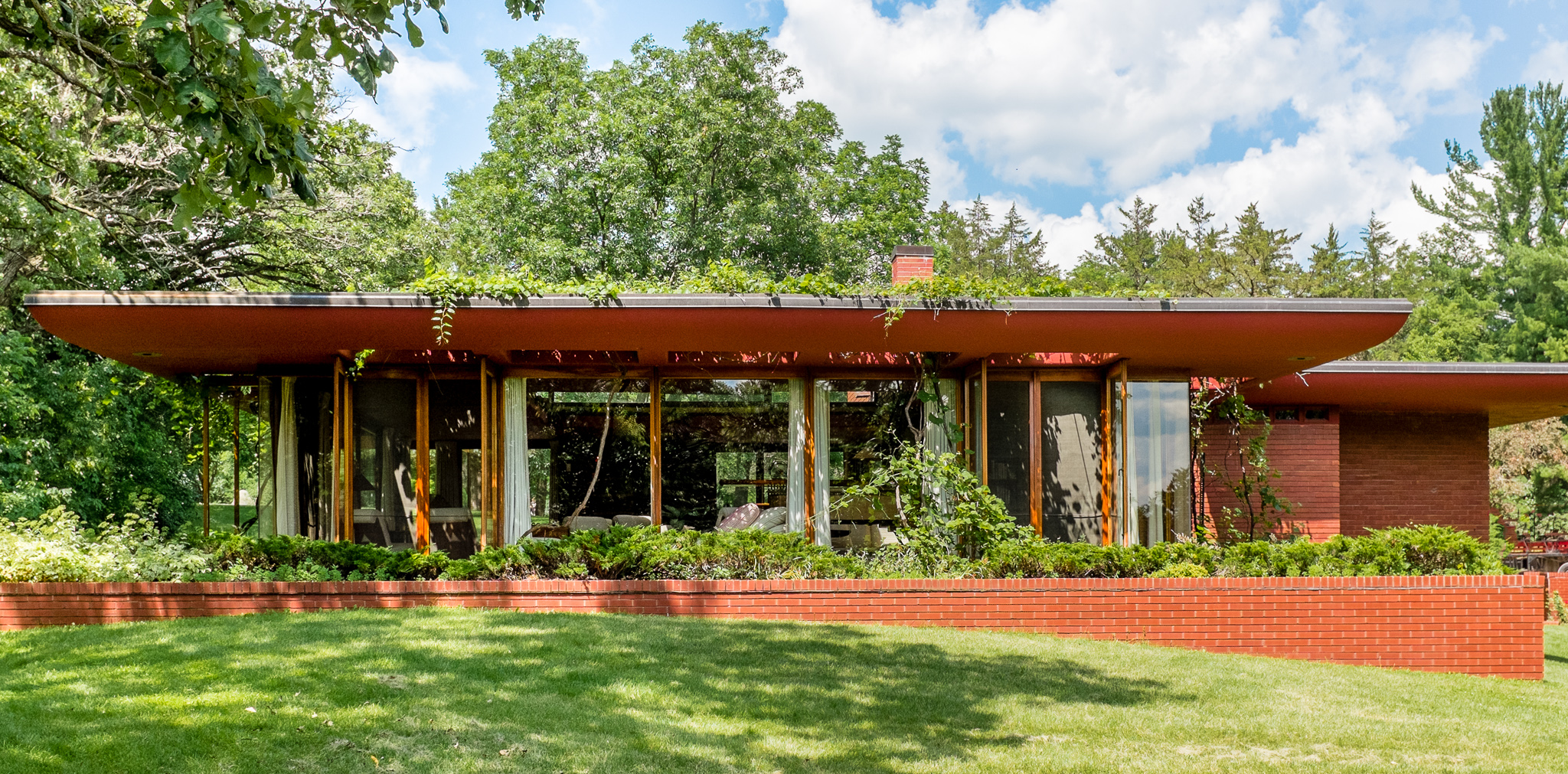Since announcing our plans for Optima Lakeview in 2020, the new development has been surrounded by media buzz. We’re excited to be a part of the Lakeview community and are thrilled to see those in our community are equally as excited, too. Here’s what they’ve had to say so far:
Announcing Optima Lakeview
When the development was first announced, publications such as REJournals, RE Business Online, Connect Media, Multi-Housing News and hyperlocal publication Block Club Chicago all chimed in to share in the good news. REJournals discussed Optima Lakeview’s competitive marketplace edge, saying:
“Optima paid special attention to work-from-home needs, designing floor plans with an average of 1,053 square feet, significantly larger than what’s currently available in the market, to accommodate dedicated space for a home office. In addition, Optima Lakeview features two conference spaces and a business center, as well as several indoor and outdoor seating areas and multiple technology providers from which residents can choose.”
Construction Begins
When construction began in mid-October, BisNow was on the scene, reporting the groundbreaking news. They interviewed Optima Co-Founder and CEO David Hovey Sr., to get the scoop on how the building will contribute to the existing community. Hovey shared with BisNow:
“With Optima Lakeview, we’ve incorporated design cues from the surrounding area’s architecture while still staying true to the modern design aesthetic Optima is known for, resulting in a forward-looking building grounded in Chicago sensibility. Both inside and out, Optima Lakeview is very much about drawing people in and helping them stay connected — either with the surrounding community or within the building itself.”
Doubling Down on Retail
Despite the challenges of 2020 and COVID-19, we remained firm in our approach to retail space at Optima Lakeview. BisNow touched base with our team to discuss the plan for Optima Lakeview’s 14K SF of retail space and Optima Vice President Mark Segal shared our optimism that brick-and-mortar retail remains stronger than ever. Read the full feature here.
Stay tuned for more updates and media coverage as we continue progress on Optima Lakeview!
